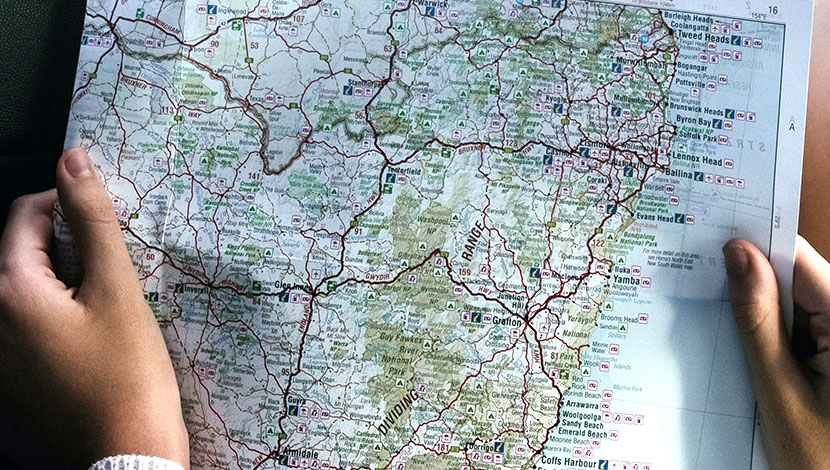Did you know your green slip price depends partly on where you live? This is because insurers see some areas as higher risk for accidents and claims. Find out how much your address affects your green slip price.
What are the green slip risk areas?
NSW is divided into 5 risk rating areas, based on their history of road accidents and green slip claims:
- Metro
- Outer Metro
- Newcastle
- Wollongong
- Country
State Insurance Regulatory Authority (SIRA) allocates your postcode to one of these areas. Insurers then set their green slip prices for each rating area.
Does it matter which suburb you live in?
It matters if you live in a split postcode. A split postcode is split across 2 rating areas so you have to state your suburb to identify your area:
- 2083 – Metro (eg, Brooklyn) or Newcastle/Central Coast (eg, Mooney Mooney)
- 2560 – Metro (eg, Campbelltown) or Outer metro (eg, Appin)
- 2750 – Metro (eg, Penrith) or Outer metro (eg, Emu Plains)
- 2753 – Metro (eg, Richmond) or Outer metro (eg, Yarramundi)
- 2756 – Metro (eg, Windsor) or Outer metro (eg, Colo)
Otherwise, all suburbs within a rating area are treated the same. Insurers are not allowed to differentiate between suburbs, except for in a split postcode.
Do more people die on country roads than in cities?
Yes. While two thirds of people in NSW live in Metro areas, around two thirds of deaths are on country roads. To put it another way, there are twice as many deaths in the country as in the city.
|
|
Year to Oct 2025 |
2022-2024 Average |
|
Metro – Sydney, Newcastle and Wollongong |
114 (31%) |
99.3 (32%) |
|
Country urban |
112(30%) |
89.7 (29%) |
|
Country non-urban |
143 (39%) |
121 (39%) |
|
Total |
369 |
310 |
Drivers in the country tend to travel at higher speeds on unsealed, windy and potholed roads, and are more prone to accidents with wild animals. Dubbo is Australia’s worst place for animal collisions and Broken Hill comes third.
[Essential]
Remember your CTP green slip does not cover damage done by an animal to your car. CTP covers only injuries and deaths of people involved in the crash. For coverage of property, you need comprehensive insurance.
[/Essential]
Why do Metro drivers pay more if most deaths are on country roads?
Metro drivers pay more for a green slip because 57% of serious injuries are in Metro areas:
|
|
12 months ending Dec 2024 |
12 months ending Dec 2023 |
|
Metropolitan |
2,883 (57%) |
2,725 (56%) |
|
Country |
2,184 (43%) |
2,132 (44%) |
|
Total |
5,067 |
4,857 |
A green slip covers people with serious injuries and people with catastrophic injuries. People who are catastrophically injured may need treatment for their lifetime. This is why part of the cost of your green slip goes towards the Lifetime Care and Support Scheme.
What’s the difference between Metro prices and Country prices?
We used the green slip calculator for a safe driver of a sedan or ute at 1 December 2025 in both areas.
- Average prices are 43% higher in Metro areas than in Country areas.
- A Metro ute driver could pay 86% more for their green slip than a Country ute driver.
|
|
Sedan Metro |
Sedan Country |
Extra paid |
Ute Metro |
Ute Country |
Extra paid |
|
Average |
$564 |
$395 |
+43% |
$891 |
$478 |
+86% |
What happens if I move to another risk area?
When you move house, you have to tell Service NSW within 14 days. Your green slip is directly linked to your vehicle’s registration. That means when you change your address, it automatically updates your address with the green slip insurer.
When you move from one rating area to another, you will see a change in your green slip price. Use the green slip calculator to find your cheapest green slip.


your opinion matters: